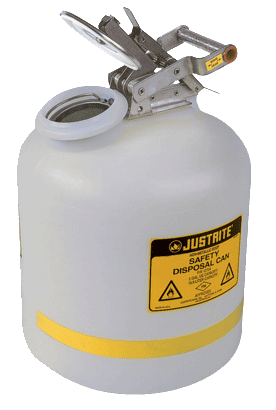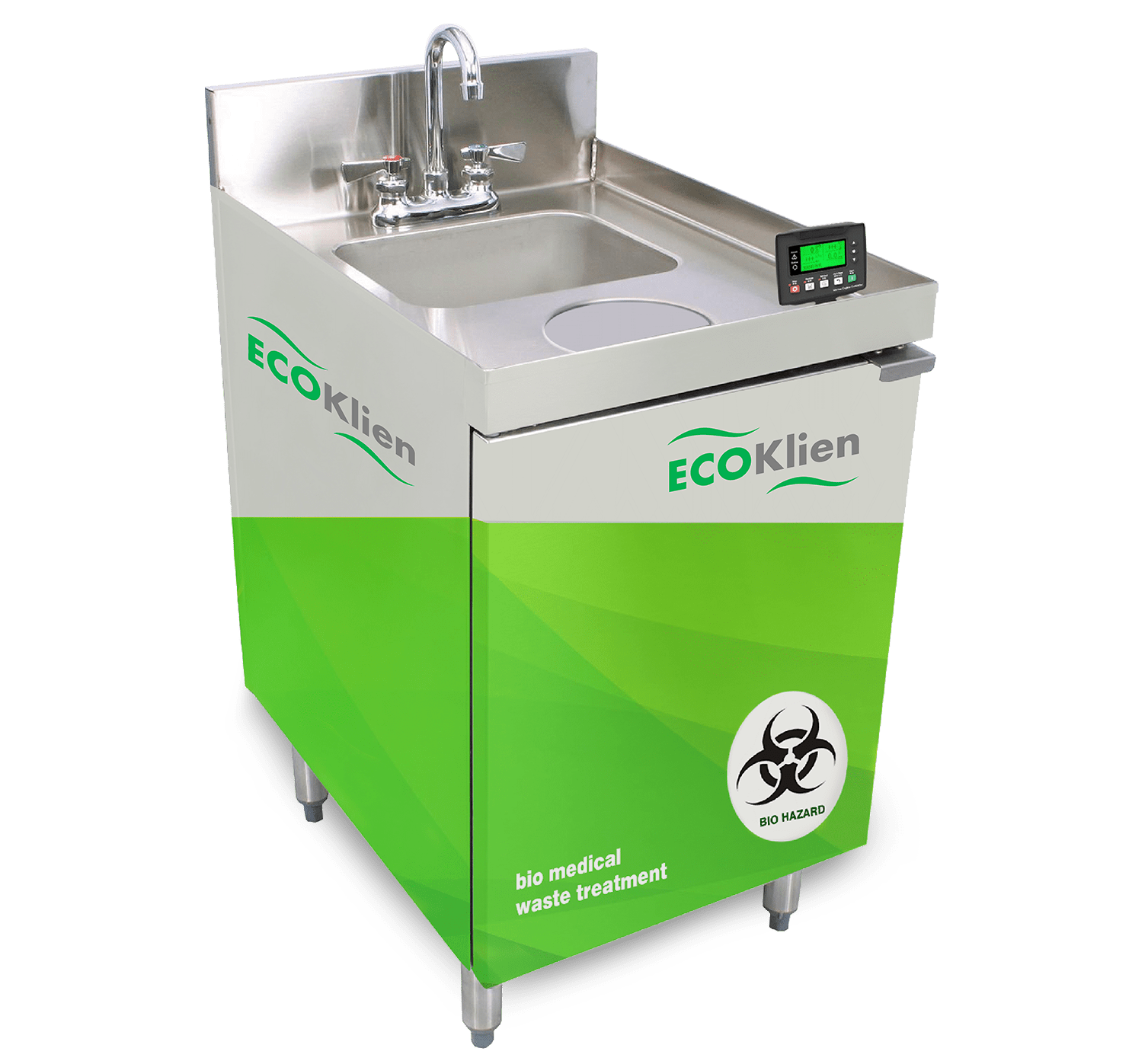Leading Industrial Wastewater Treatment Solutions: Making Certain Compliance and Effectiveness
Leading Industrial Wastewater Treatment Solutions: Making Certain Compliance and Effectiveness
Blog Article
Just How Fluid Garbage Disposal Functions: A Thorough Introduction of Strategies and Technologies Utilized

Introduction of Fluid Waste Types
The intricacy of fluid waste kinds necessitates a detailed understanding of their features and ramifications for disposal. Liquid waste can generally be classified right into several types, consisting of industrial, municipal, farming, and contaminated materials. Each category exhibits distinct properties, needing details administration methods to mitigate ecological and wellness risks.
Industrial fluid waste stems from producing processes and usually contains a series of pollutants, such as hefty metals, solvents, and natural compounds. Community fluid waste, mainly comprising wastewater from families and business facilities, has natural issue, nutrients, and microorganisms (industrial wastewater treatment). Agricultural liquid waste, including overflow from ranches, might contain plant foods, chemicals, and pet waste, presenting risks to water quality and ecosystems
Harmful fluid waste is identified by its poisoning, reactivity, or potential to trigger harm. This category includes materials like acids, bases, and particular chemicals that necessitate rigorous handling and disposal procedures. Understanding these varied fluid waste types is vital for creating reliable disposal methods and making certain compliance with ecological policies. Appropriate category and characterization are important for implementing ideal treatment techniques and minimizing the adverse effect on public wellness and the setting.
Physical Treatment Techniques

Screening is the initial step, where bigger fragments and particles are gotten rid of from the liquid waste utilizing displays or grates. In sedimentation containers, larger bits resolve at the base, creating a sludge layer, while the made clear fluid can be additional dealt with.
Filtering is one more essential technique that involves passing the fluid with porous products, such as sand or membranes, to catch smaller fragments. This action enhances the high quality of the liquid, making it appropriate for subsequent therapy processes.

Chemical Therapy Techniques
Chemical therapy techniques are necessary for efficiently handling fluid waste, specifically in dealing with liquified and colloidal impurities that physical techniques might not sufficiently get rid of. These techniques use different chemical agents to counteract, speed up, or transform hazardous substances right into less harmful kinds.
One typical approach is coagulation and flocculation, where chemicals such as alum or ferric chloride are added to promote the gathering of put on hold bits. This procedure improves sedimentation, enabling much easier elimination of the resulting sludge. Furthermore, oxidation procedures, utilizing representatives like chlorine or ozone, are employed to damage down complicated organic compounds and microorganisms, making the waste much safer for discharge or more therapy.
Neutralization is another important strategy, which readjusts the pH of acidic or alkaline waste streams to neutral levels, preventing potential injury to downstream systems and the setting. In addition, advanced oxidation processes (AOPs) make use of combinations of oxidants and ultraviolet light to weaken consistent contaminants, achieving a higher degree of therapy efficiency.
Organic Treatment Procedures
Organic therapy processes play a critical role in the management of liquid waste by using bacteria to disintegrate natural matter and minimize impurity levels. These procedures can be extensively classified right into anaerobic and aerobic therapies, each employing certain microbial neighborhoods to achieve reliable waste degradation.
Aerobic therapy entails making use of oxygen to promote the breakdown of natural products by germs. This process is frequently applied in triggered sludge systems, where aeration storage tanks give a favorable setting for microbial growth, leading to the oxidation of organic visit here contaminants. The resultant biomass can be separated from dealt with effluent through sedimentation.
On the other hand, anaerobic treatment occurs in the absence of oxygen, counting on different germs to damage down natural matter. This technique is particularly beneficial for high-strength waste, as it generates biogas, a renewable resource source, while lowering sludge production. Technologies such as anaerobic digesters are often utilized in industrial and local applications.
Both anaerobic and cardiovascular biological treatments not only reduce the ecological influence of liquid waste yet additionally help with source recuperation, making them necessary parts of lasting waste monitoring strategies. Their efficiency, effectiveness, and adaptability sustain their prevalent execution across various sectors.
Arising Technologies in Disposal
Innovative strategies to fluid waste disposal are rapidly advancing, driven by developments in modern technology and an increasing emphasis on sustainability. Amongst these emerging innovations, membrane bioreactors (MBRs) have actually gotten traction for their capability to integrate organic treatment with membrane layer purification, causing high-quality effluent that can be reused in numerous applications. MBRs allow smaller sized footprints and more reliable operations compared to standard systems.
An additional appealing advancement is making use of anaerobic food digestion combined with nutrient healing innovations, which not just treats liquid waste yet additionally generates biogas and recoups valuable nutrients like nitrogen and phosphorus. This twin benefit boosts resource efficiency and lowers environmental influence.
In addition, progressed oxidation processes (AOPs) are being adopted for the destruction of complicated natural toxins. These methods make use of effective oxidants and drivers to break down impurities at the molecular level, using an extremely reliable option for difficult waste streams.
In addition, the combination of expert system and artificial intelligence in waste monitoring systems is enhancing operational efficiency and anticipating maintenance, leading to decreased costs and enhanced ecological conformity. These modern technologies show a substantial change in the direction of more reliable and lasting fluid garbage disposal techniques.
Final Thought
To conclude, reliable fluid garbage disposal demands a thorough understanding of numerous techniques and modern technologies. The integration of physical, chemical, and organic therapy approaches guarantees the effective administration of diverse waste kinds. In addition, the emergence of ingenious modern technologies boosts therapy efficiency and promotes sustainability in waste administration methods. By continually progressing these methodologies, it ends up being possible to deal with the growing obstacles related to liquid waste, eventually adding to environmental management and source healing.
Liquid waste disposal why not check here is a critical element of ecological administration, requiring an extensive understanding of various strategies and innovations tailored to various waste types. Fluid waste can generally be categorized right into numerous kinds, consisting of commercial, metropolitan, farming, and hazardous waste. Agricultural fluid waste, including overflow from farms, might have fertilizers, chemicals, and pet waste, posturing threats to water top quality and environments.
Numerous physical therapy techniques play an essential role in taking care of liquid waste efficiently - industrial wastewater treatment.In conclusion, my site reliable fluid waste disposal requires a comprehensive understanding of different techniques and modern technologies
Report this page